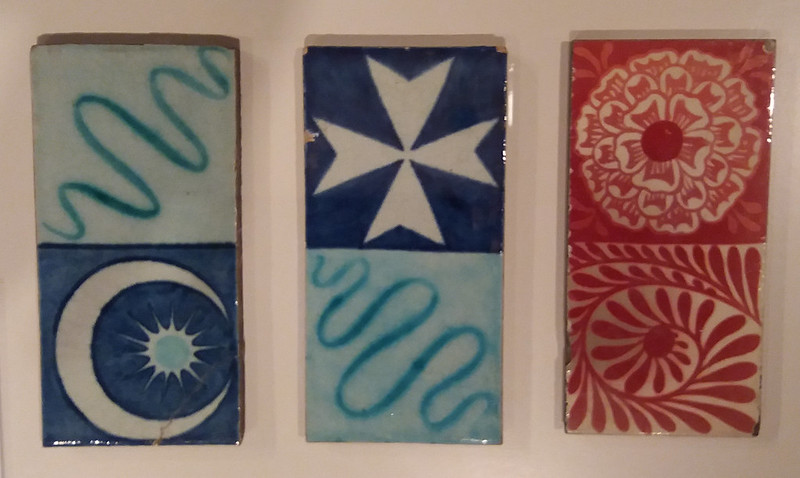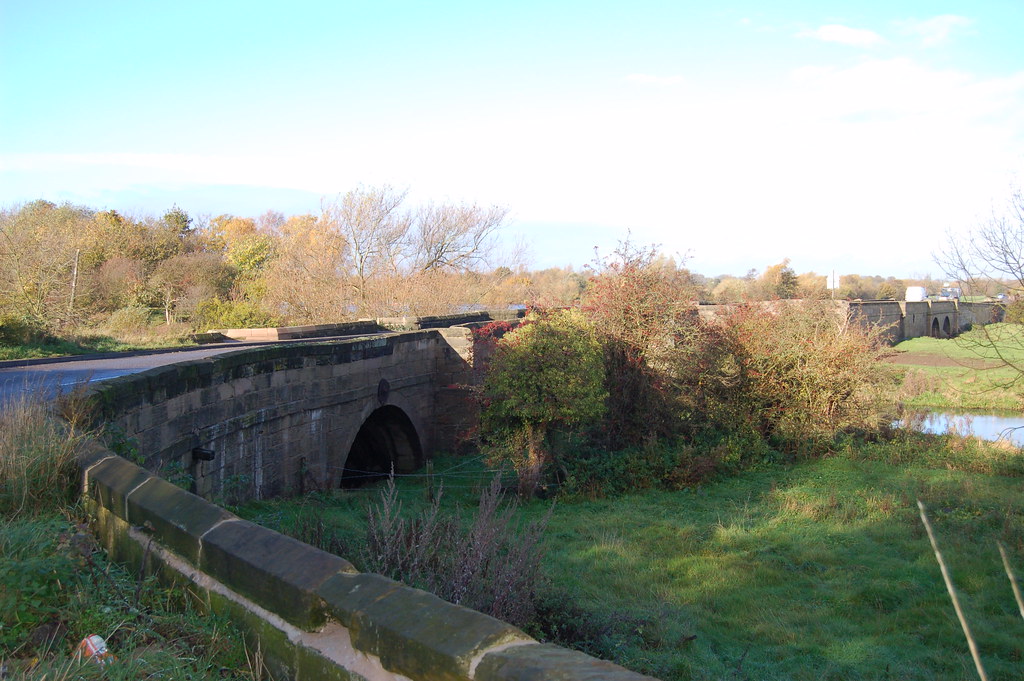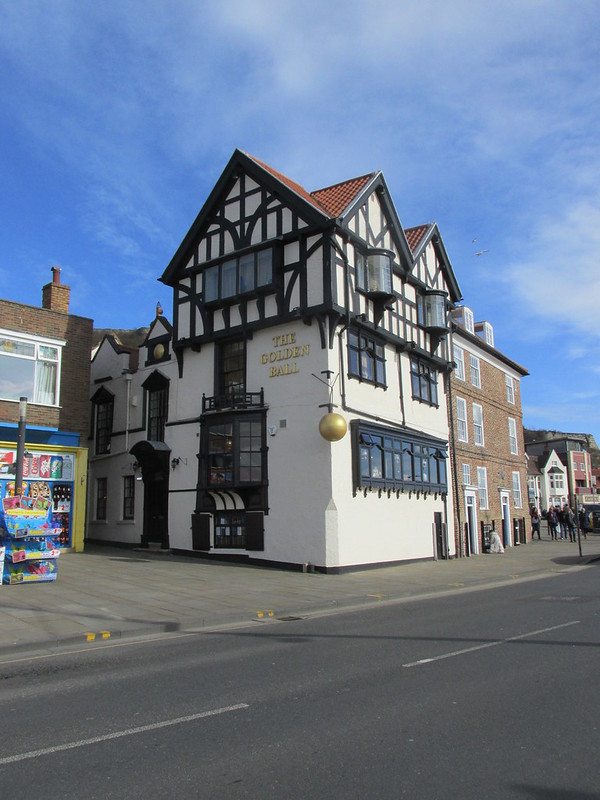A few weeks ago I had to visit Leicester for a meeting and on my way back to my car I passed the city art gallery in New Walk. I had a spare 20 minutes so I nipped in for a quick look. Here's a selection of what I found. Sorry about the quality of the photos - I took them with my phone.
The Bowman, oil on board, painted about 1825-30. It's by William Etty, (1787 - 1849) who was known for his landscapes featuring nudes. There's a larger version of this in York City Art Gallery, that shows more of the landscape, but still doesn't identify what he's aiming at. Etty was born in York and the gallery has a number of Etty's paintings.
The Sluggard by Frederick, Lord Leighton. Bronze, cast in 1890. Leighton (1830-1896) was a painter and sculptor who became president of the Royal Academy in 1878. This bronze was a small version of a life-sized work that now stands in Tate Britain.
Head of an Arab, oil on canvas, painted 1857. Believed to be a preparatory work, designed to perfect the head before including it in a larger work. Also by Lord Leighton.
Vulcan - no, it's nothing to do with Mr Spock - a bronze by Tiziano Aspetti (1565 - 1607). Aspetti worked mainly in his native Padua, and Venice. The small figure shows the Roman god of blacksmithing, fire and volcanoes, hence his powerful build and strong arms.
And for something different, I found a small exhibition of works by the artist William De Morgan (1839 - 1917), a lifelong friend of designer William Morris. These hand-painted, ceramic tiles are believed to have been designed as part of a commission for P&O Ships for interior decor.
Now off you go to Tricky's FAST blog to see what other Five on Friday posts there are.
Some chat about historical things. Some of it is inspired by topics on the associated History Anorak blog.
March 31, 2017
March 24, 2017
Swarkestone Bridge
This week is the first time of hosting Five on Friday by Tricky at FAST blog. So to welcome him and start things well, here's five views of a rather impressive structure close to where I live. Sorry about the photos. It's not the easier thing to capture on film. (Don't forget to visit Tricky's blog to see what other people have written.)
The Grade I listed Swarkestone Bridge and Causeway, at almost a mile in length, is the longest stone bridge in England. At one time a bridge chapel and toll house stood on the causeway but there is little sign of them now. The structure crosses the River Trent flood plain between Swarkestone and Stanton-by-Bridge and is still a significant crossing for travellers passing from Derby to Melbourne.
It carries a bus route and it's quite creative driving when you meet one coming the other way. As you can see, it's narrow, and the photo shows one of the wider bits!
Built in the 13th century, the causeway is reputed to be the work of two local sisters whose lovers drowned while trying to cross the flood plain in high water. The horrified sisters saw the men swept away by the river and vowed that no-one else would suffer the same fate. They spent the rest of their lives building and maintaining the causeway and bridge and so were penniless when they died.
The Grade I listed Swarkestone Bridge and Causeway, at almost a mile in length, is the longest stone bridge in England. At one time a bridge chapel and toll house stood on the causeway but there is little sign of them now. The structure crosses the River Trent flood plain between Swarkestone and Stanton-by-Bridge and is still a significant crossing for travellers passing from Derby to Melbourne.
It carries a bus route and it's quite creative driving when you meet one coming the other way. As you can see, it's narrow, and the photo shows one of the wider bits!
Built in the 13th century, the causeway is reputed to be the work of two local sisters whose lovers drowned while trying to cross the flood plain in high water. The horrified sisters saw the men swept away by the river and vowed that no-one else would suffer the same fate. They spent the rest of their lives building and maintaining the causeway and bridge and so were penniless when they died.
March 17, 2017
More Place Names
 |
| Roman remains in Wall. |
Yes, I know I've done place names before but I've had a particularly hectic week and I'm pushed for time. I wanted to take part in Five on Friday this week because it's the last one to be hosted by Amy at Love Made My home. I wanted to say thank you to her for looking after us for so long and being such a welcoming host. It's been fun, and I've learned lots from my fellow Fivers.
But please bear with me if this is short and sweet. I've chosen five places that have meant something to me for some reason, either that I've lived close to them, or passed through them regularly.
Irthlingborough, Northamptonshire. First recorded in 780 as Yrtlingaburg, which means "fortified manor belonging to the ploughmen" in Old English. The Domesday Book* (1086) called it Erdinburne, These days the locals call it Artleknock. I have no idea why!
Margate, Kent. First recorded as Meregate in 1254. From the Old English meaning "gap leading to the sea". Now known as the original seaside. (Though Northern coastal folk would disagree!)
Meriden, West Midlands. First mentioned in 1230. It means "pleasant valley" or "where merrymaking takes place" in Old English. In spite of what some people believe, its nothing to do with 'meridian' and absolutely not related to the fact that the village is as close to the centre of England as makes no difference.
Wall, Staffordshire. Originally listed as Wal in manorial documents from 1166. Want to guess what's there? Correct - it's a wall. In fact it's several walls dating from the Roman era when Letocetum was an important place on Watling Street. The old Roman road still runs through the village but its 'modern' replacement (The A5, brought 'up to date' by Thomas Telford in the 1820s.) runs past the village now.
Wetwang, North Yorkshire
Mentioned in the Domesday Book* (1086). From the Old Scandinavian for "a place for trial of legal actions". We go past this place regularly on the way to see Mr Anorak's mother. We always laugh at the sound of it.
Notes
*The Domesday Book (pronounced 'doomsday') was a record of the settlements in England after its defeat by the Normans in 1066. One of the first things William ordered was an extensive survey of what he now owned, and it was published 20 years later. It's a valuable historic source for researchers.
Much of the information in this post has been gathered from the Oxford Dictionary of English Place Names, (1998 Past Times edition)
March 10, 2017
Scarborough Five
For Five on Friday (which is still hosted by Amy at Love Made My Home, for the next couple of weeks) we have five historic-ish things to be found in and around Scarborough, North Yorkshire. It was,of course, The Anorak's home town and is still regularly visited by us when we hear the call of the sea.
Captain Sydney Smith Bridge
Named after a former Deputy Harbour Master who was also editor of Olsen's Fishermen's Nautical Almanac. He was decorated for his daring during WWII. The bridge, which lifts to allow craft in and out of the harbour, was erected in 2000.
The Vickers gun
In 1914 Scarborough was the target of a German attack from the sea when a huge number of shells fell on the town causing extensive damage. While this gun dates from the time it was not involved in defending Scarborough then. It was sited on the cargo ship SS Hornsund, which was sunk by torpedo in 1917 about two miles off shore. The gun was recovered by the local sub aqua club in 1982 and now stands close to the lighthouse.
The horse trough
This granite trough has stood on the harbour road since 1908, erected in memory of Godfrey Walker of Conisborough Priory, Yorkshire. One side was a drinking fountain for humans and the other side was a trough for horses. These days it's a flower pot.
The Golden Ball Inn, Quay Street
According to the Scarborough Maritime History Centre website: "The Golden Ball, in Quay Street, was one of the better known inns. Of great age, it was noted for the "prime old ales" produced on the 30th September every year, St Jerome's Day, and the occasion for the election of new bailiffs at the nearby town hall. A brewery adjoined the house, where in 1821, Mark Coates fell into the mash tub."
More recently I'm prepared to admit it was the site of The History Anorak's early forays into pub attendance. I'm even prepared to admit that it might have been the site of some underage drinking! When my mother found out she was appalled - not because I'd been breaking the law by imbibing alcohol at 16, but by the fact that the pub was by the harbour and I must have been in close proximity to riff-raff mariners!
Oliver's Mount
Here's a close up view of the monument that stands on top of Oliver's Mount overlooking the town. You can see it easily from a lot of the area. It's the town's war memorial and I have many memories of my father laying a wreath on behalf of St John Ambulance back in the day. He looked smart in his black and white uniform and always brought much dignity to the act of remembrance. I can still picture him.
Captain Sydney Smith Bridge
Named after a former Deputy Harbour Master who was also editor of Olsen's Fishermen's Nautical Almanac. He was decorated for his daring during WWII. The bridge, which lifts to allow craft in and out of the harbour, was erected in 2000.
The Vickers gun
In 1914 Scarborough was the target of a German attack from the sea when a huge number of shells fell on the town causing extensive damage. While this gun dates from the time it was not involved in defending Scarborough then. It was sited on the cargo ship SS Hornsund, which was sunk by torpedo in 1917 about two miles off shore. The gun was recovered by the local sub aqua club in 1982 and now stands close to the lighthouse.
The horse trough
This granite trough has stood on the harbour road since 1908, erected in memory of Godfrey Walker of Conisborough Priory, Yorkshire. One side was a drinking fountain for humans and the other side was a trough for horses. These days it's a flower pot.
The Golden Ball Inn, Quay Street
According to the Scarborough Maritime History Centre website: "The Golden Ball, in Quay Street, was one of the better known inns. Of great age, it was noted for the "prime old ales" produced on the 30th September every year, St Jerome's Day, and the occasion for the election of new bailiffs at the nearby town hall. A brewery adjoined the house, where in 1821, Mark Coates fell into the mash tub."
More recently I'm prepared to admit it was the site of The History Anorak's early forays into pub attendance. I'm even prepared to admit that it might have been the site of some underage drinking! When my mother found out she was appalled - not because I'd been breaking the law by imbibing alcohol at 16, but by the fact that the pub was by the harbour and I must have been in close proximity to riff-raff mariners!
Oliver's Mount
Here's a close up view of the monument that stands on top of Oliver's Mount overlooking the town. You can see it easily from a lot of the area. It's the town's war memorial and I have many memories of my father laying a wreath on behalf of St John Ambulance back in the day. He looked smart in his black and white uniform and always brought much dignity to the act of remembrance. I can still picture him.
March 03, 2017
Beeby
All Saints' Church, Beeby in Leicestershire is in the care of the Churches Conservation Trust. Beeby is mentioned in the Domesday Book, the invading Normans' way of recording what they gained at the Battle of Hastings.
At the time there was no church. The earliest parts of the current building date from the 13th century. The upper level and the tower are from the 15th century.
Built in the local orange ironstone, Beeby stands out from its neighbouring parishes because of its unique stumpy spire that looks as if it was sawn off by some huge hand.
There's a beautifully carved 15th century wooden screen surrounding a chapel in the south aisle.
There are also remaining wooden box pews - a rare survival because the Victorians were fond of ripping them out. These are thought to date from the 18th and early 19th century.
But some of the most interesting points date from the era of rector George Calvert who was incumbent from 1818 to 1865. He decided to brighten up the 14th century nave arches by adding carved corbels in various designs, including a serpent, a skull and crossbones, and an angel.
The east window is by Victorian artist Thomas Willement and was commissioned in 1843. The main figures in the window are Noah, Daniel, Job, Abraham, Moses and Elijah, with the
symbols of the Evangelists.
This has been a Five on Friday post. Please visit Amy at Love Made My Home to see more.
At the time there was no church. The earliest parts of the current building date from the 13th century. The upper level and the tower are from the 15th century.
Built in the local orange ironstone, Beeby stands out from its neighbouring parishes because of its unique stumpy spire that looks as if it was sawn off by some huge hand.
There's a beautifully carved 15th century wooden screen surrounding a chapel in the south aisle.
There are also remaining wooden box pews - a rare survival because the Victorians were fond of ripping them out. These are thought to date from the 18th and early 19th century.
But some of the most interesting points date from the era of rector George Calvert who was incumbent from 1818 to 1865. He decided to brighten up the 14th century nave arches by adding carved corbels in various designs, including a serpent, a skull and crossbones, and an angel.
The east window is by Victorian artist Thomas Willement and was commissioned in 1843. The main figures in the window are Noah, Daniel, Job, Abraham, Moses and Elijah, with the
symbols of the Evangelists.
This has been a Five on Friday post. Please visit Amy at Love Made My Home to see more.
Subscribe to:
Comments (Atom)



















